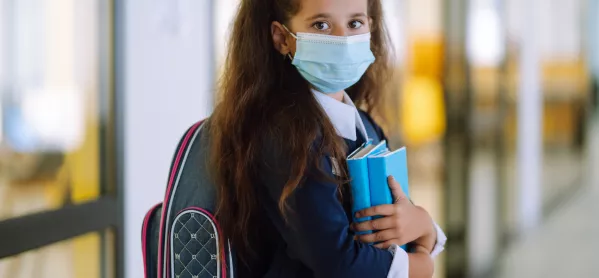Education Scotland guidance for schools has been published following the surprise announcement on Tuesday that all pupils in Scotland would be making at least a partial return to school buildings from 15 March.
Tuesday’s announcement proved controversial and was even described as the “worst-case scenario” for schools, with many secondary teachers expressing concern about the logistical difficulties of providing a mix of in-school and remote learning for S1-3 students at short notice. Many students in those years were not previously due to return until after their Easter holidays, in the second half of April.
The new seven-page document from Education Scotland, which appeared late yesterday, largely reflects previously published advice and puts the onus on schools to make key decisions and explain them to families.
It states, for example, that “schools are in the best place to understand how many learners can be accommodated within the school at one time”. And the document concludes by calling on schools to “explain clearly to learners, parents and carers the rationale and detailed practical arrangements for learners across the relevant subject areas”.
SQA and Education Scotland: National bodies defend their Covid performance
After the pandemic: Education directors join calls for exam reform
Covid: 6 tips for pupil safety during remote learning
Back to school: 30% of pupils in attendance last week
Some teachers on social media expressed concern that the document asks them to “maximise” the number of pupils in school buildings while minimising contacts between pupils.
The document includes seven “key considerations”, including that schools should continue to ensure daily registration or check-in arrangements for every pupil.
The list of seven points includes advice that schools should:
• Maximise the number of children and young people who are receiving in-school learning, while keeping in line with clinical and scientific advice
• Give priority for lessons to learners who are taking national qualifications
• Where possible, ensure all learners in secondary schools receive some in-school education each week
• Maintain provision for key workers’ children and vulnerable learners
• Continue to ensure daily registration/check-in arrangements for every learner
• Maintain two-metre physical distancing between learners, between adults, and between adults and learners who are not from the same household.
The full guidance can be read here.

